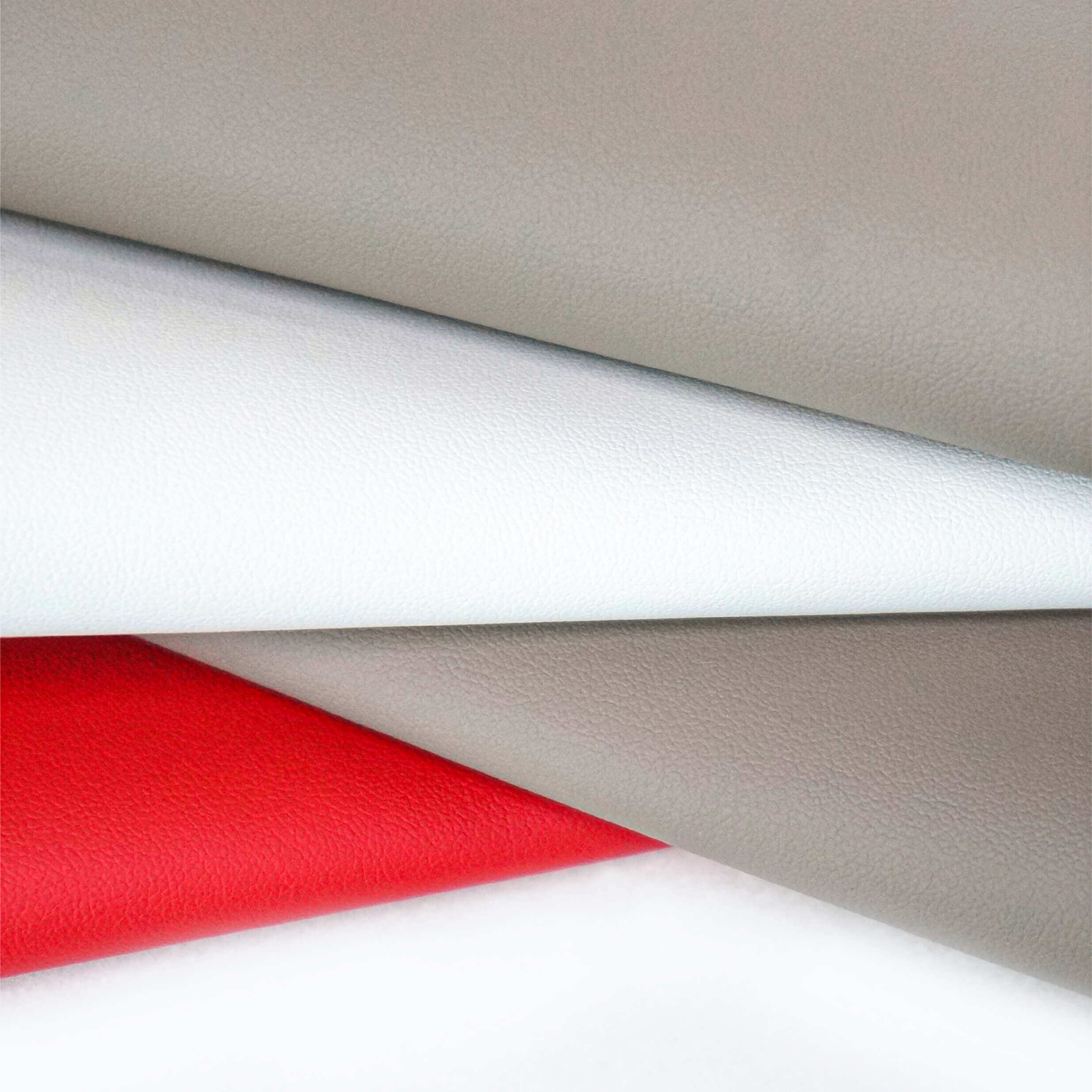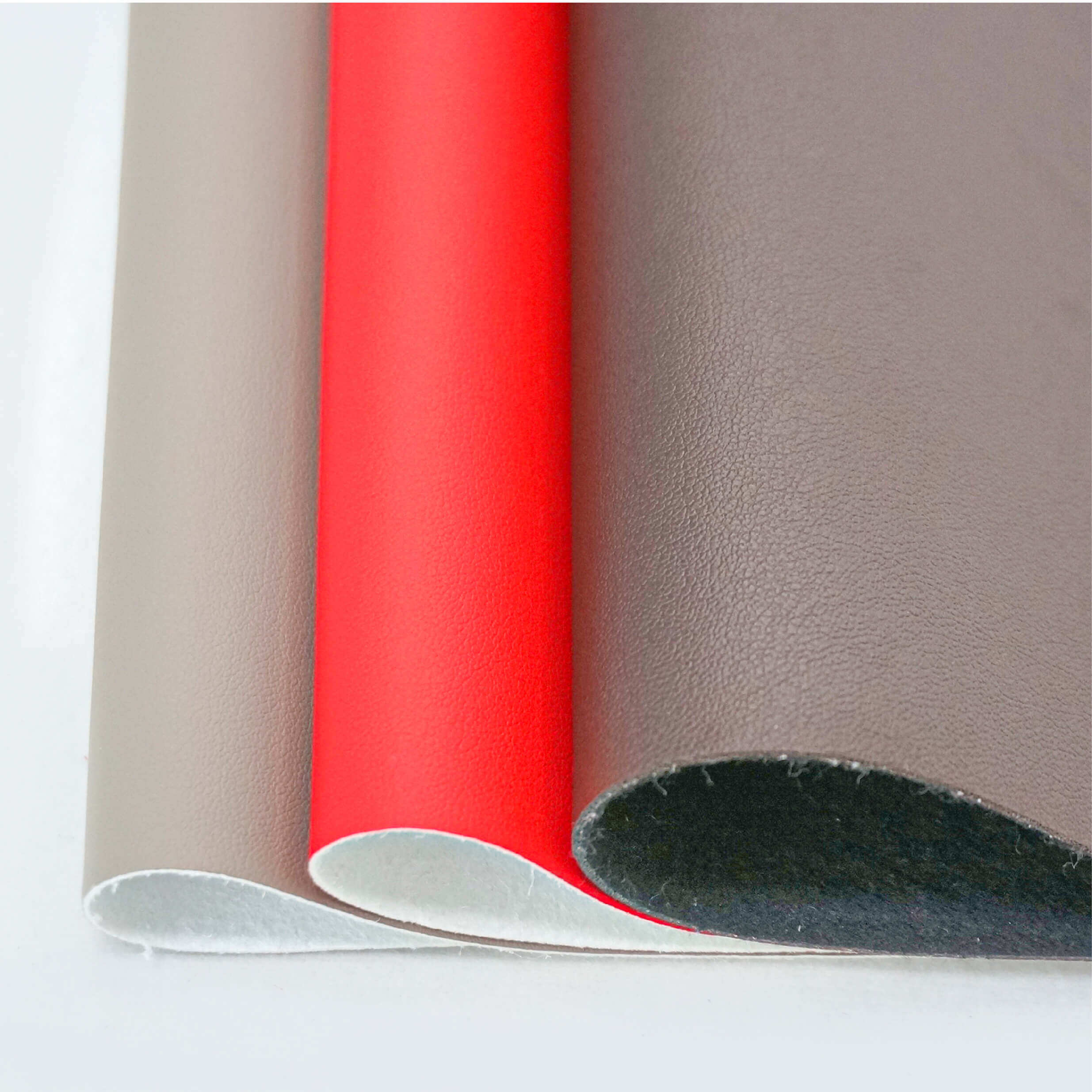Email format error
Email cannot be empty
Email already exists
6-20 characters(letters plus numbers only)
The password is inconsistent
Email format error
Email cannot be empty
Email does not exist
6-20 characters(letters plus numbers only)
The password is inconsistent

News

Types of Leather for Sofa: The Ultimate Guide
When selecting the perfect sofa for your living space, the type of leather can make a significant difference in both aesthetics and durability. In this comprehensive guide, we'll delve into the various types of leather for sofa, helping you make an informed choice that suits your style and needs.
Introduction to Sofa Leathers
Leather sofas are a timeless addition to any home, offering a blend of comfort, elegance, and longevity. However, not all leather is created equal. Understanding the different types of leather for sofas can help you choose the best option for your home.
Genuine Leather
Full-Grain Leather
Full-grain leather is the highest quality leather available. It retains the natural grain of the hide, which means it hasn't been sanded or buffed to remove imperfections. This type of leather is incredibly durable and develops a beautiful patina over time.
Benefits of Full-Grain Leather
- Durability: It’s resistant to wear and tear.
- Aesthetic Appeal: Ages gracefully and develops a unique patina.
- Breathability: More comfortable in both hot and cold climates.
Top-Grain Leather
Top-grain leather is the second-highest quality leather. It is sanded and finished to remove imperfections, giving it a more uniform look compared to full-grain leather. This type of leather is often used in high-end furniture.
Benefits of Top-Grain Leather
- Smooth Surface: More uniform in appearance.
- Softness: Generally softer and more pliable than full-grain leather.
- Maintenance: Easier to clean and maintain.
Split Leather
Split leather is made from the lower layer of the hide that has been split away from the upper grain. It's less durable than full-grain or top-grain leather but can be more affordable.
Types of Split Leather
- Suede: Known for its napped finish, suede is softer but more prone to staining.
- Bicast Leather: Coated with a layer of polyurethane, giving it a glossy finish.
Benefits of Split Leather
- Cost-Effective: More affordable than top-grain and full-grain leather.
- Variety: Available in various finishes and textures.
Bonded Leather
Bonded leather is made from leftover leather scraps that are bonded together using adhesives and then coated with a polyurethane layer. It’s the least expensive type of leather and often used in budget-friendly furniture.
Benefits of Bonded Leather
- Affordability: Significantly cheaper than other types of leather.
- Appearance: Can mimic the look of genuine leather.
Synthetic Leather
PU Leather
PU (polyurethane) leather is a synthetic material designed to look and feel like real leather. It's made by coating a fabric base with a layer of polyurethane.
Benefits of PU Leather
- Cost-Effective: Less expensive than genuine leather.
- Variety: Available in many colors and styles.
- Maintenance: Easier to clean and maintain than real leather.
PVC Leather
PVC (polyvinyl chloride) leather is another type of synthetic leather. It’s more durable and resistant to moisture than PU leather.
Benefits of PVC Leather
- Durability: Resistant to scratches and moisture.
- Affordability: Generally cheaper than PU leather and real leather.
PU Leather vs Real Leather Sofa
When comparing PU leather vs real leather sofa, it's essential to consider factors such as cost, durability, and maintenance. Real leather sofas, including full-grain and top-grain leather, offer superior durability and aesthetic appeal but come at a higher price. On the other hand, PU leather sofas provide a budget-friendly alternative with easier maintenance but may not last as long.
Choosing the Right Leather for Your Sofa
Consider Your Budget
Your budget is a crucial factor in determining the type of leather you choose. Full-grain and top-grain leathers are more expensive but offer better longevity and beauty. If you're on a tight budget, PU leather or bonded leather might be the way to go.
Think About Maintenance
Different types of leather require different levels of care. Full-grain leather, for instance, requires regular conditioning to maintain its beauty, while PU leather is easier to clean with just a damp cloth.
Evaluate Durability
If you have pets or young children, you might want to opt for more durable leather, such as top-grain or even PVC leather, which can withstand scratches and spills better than more delicate options like suede.
Environmental Considerations
Eco-Friendly Options
For those concerned about environmental impact, there are eco-friendly leather options available, such as vegetable-tanned leather, which uses natural tannins from plants rather than harmful chemicals.
Synthetic Leathers
While synthetic leathers like PU and PVC are less environmentally friendly due to their plastic content, they do offer a cruelty-free alternative to real leather.
Aesthetic Appeal
Color and Finish
Leather sofas come in a variety of colors and finishes. Full-grain leather often has a natural, rustic look, while top-grain leather can be dyed in various colors to match your decor. PU leather is also available in many colors and can mimic the appearance of genuine leather closely.
Style and Design
The style of your sofa can also influence your choice of leather. For a classic, timeless look, full-grain or top-grain leather is ideal. For a modern or contemporary design, PU leather can offer the sleek look you desire.
Conclusion
Choosing the right types of leather for sofa is a personal decision that depends on your budget, lifestyle, and aesthetic preferences. Whether you opt for the high-end luxury of full-grain leather or the budget-friendly practicality of PU leather, understanding the different types of leather will help you make an informed decision. A well-chosen leather sofa can be a centerpiece in your home, providing comfort and style for years to come.

